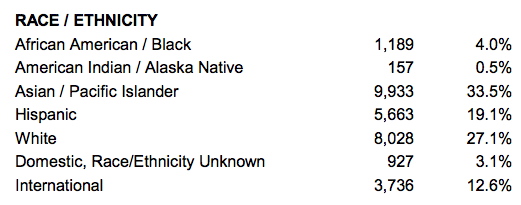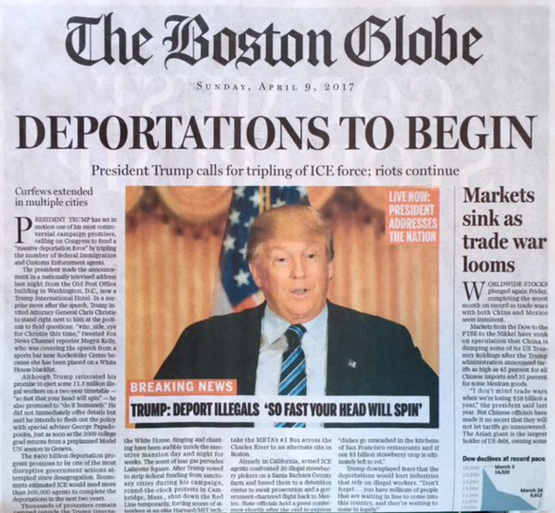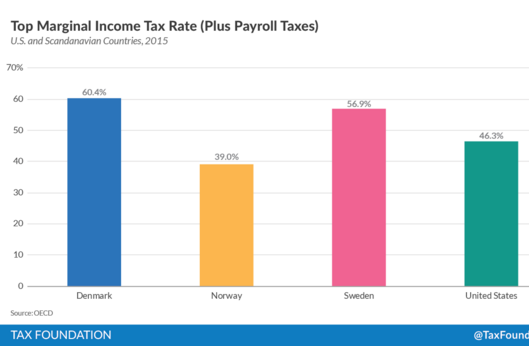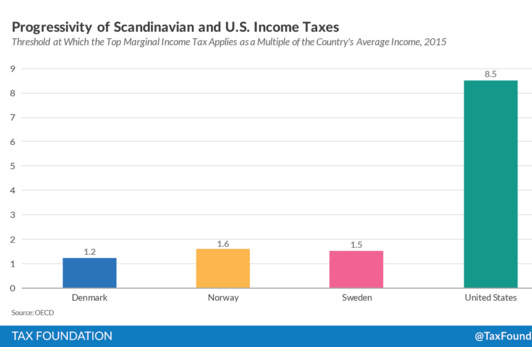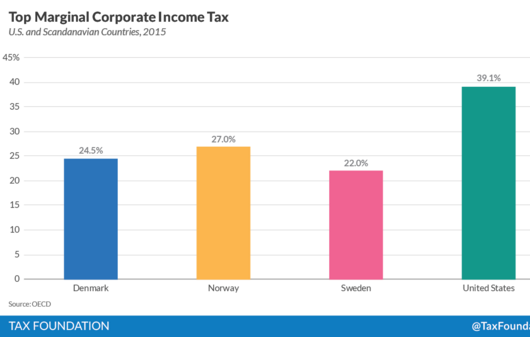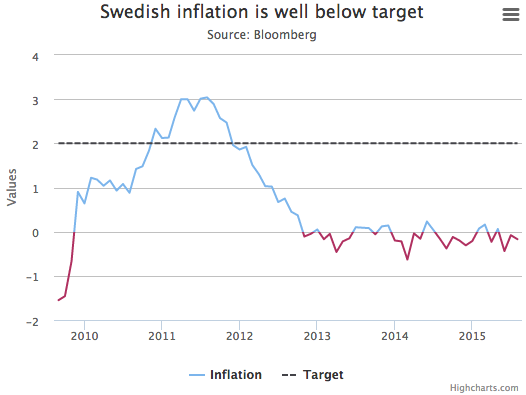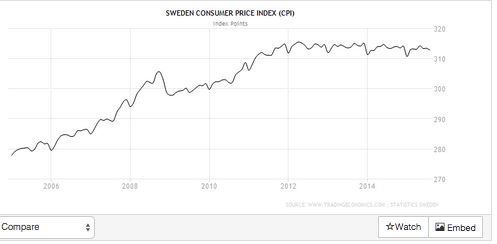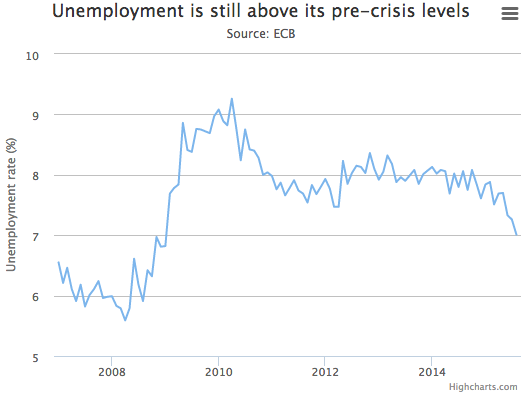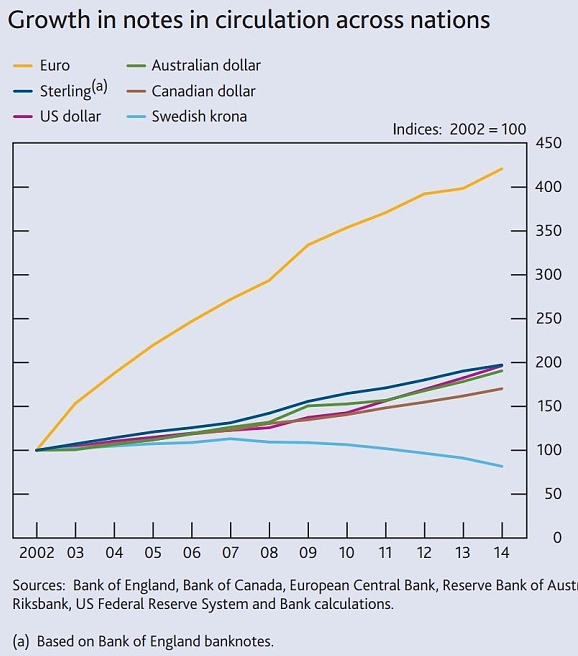Are voters sending a message?
You see a lot of recent talk about the message being sent by voters, especially in the US and Europe. For instance, both the Trump phenomenon and Brexit are widely seen as a revolt of the struggling working class against the affluent elites. Like many generalizations, there is a grain of truth here. But I find the mountain of non-truth to be much more interesting.
For instance, Trump is likely to win a majority among affluent voters, while Brexit also did well affluent southern English counties, outside of London. So it’s not just economics. Each voter has their own reasons.
Ross Douthat has new piece discussing the blind spots of cosmopolitan liberals:
They can’t see that paeans to multicultural openness can sound like self-serving cant coming from open-borders Londoners who love Afghan restaurants but would never live near an immigrant housing project, or American liberals who hail the end of whiteness while doing everything possible to keep their kids out of majority-minority schools.
Douthat is a quite thoughtful and persuasive writer, but I believe things are much more complicated that he suggests. Consider the issue of schools. Affluent American parents don’t want their kids going to public schools in poor (African-American) areas of Detroit or Cleveland. But note that these are areas that have relatively few immigrants. And immigration is supposed to be the big policy issue that is propelling nationalistic politics in the US and Europe. I would add that white working class parents also don’t want their kids going to those schools. On the other hand, most affluent parents and most working class parents would be happy to see their child get into (mostly non-white) UCLA:
So I don’t think it’s obvious whether the core issue here is diversity or income. It’s quite likely that UCLA grads will tend to have fairly successful careers, and that there will be lots of intermarriage among those groups. Here’s an analogy. In the 1800s, there was lots of resentment against immigration of Irish, Italians and Jews. These groups were seen as a threat to the dominance of the “WASP tribe”. Today there is very little concern about this issue, even among mainstream conservatives. The WASP tribe has been replaced by the “white tribe”. And we can already look ahead a few decades and see the white tribe being replaced by a sort of beige tribe looking like UCLA students; composed of whites, Asians and the upper half of the Hispanic income distribution, which all intermarry quite frequently.
When I was young there was lots of anxiety about the Italian-American mafia. (Younger readers will have no idea what I’m talking about, but people my age will understand.) The fear that Americans once had of the mafia has been replaced by a fear of terrorism. Those who (in the 1960s) wanted to claim that organized crime was deeply embedded in southern Italian culture actually had a strong argument. After all, even today the mafia is deeply embedded in southern Italy. But for some unknown reason those cultural traditions did not prevent southern Italian immigrants from successfully assimilating once they got to America. They are now three times richer than their relatives who stayed in Naples or Sicily.
Should we be complacent that assimilation will continue to occur in the future? I’m not very worried about Australia and Canada, rather I’m much more worried about Western Europe. The US is somewhere in between these extremes.
Now I’ll take off my liberal hat and put on my conservative hat. Here’s the problem that I see in Western Europe (Denmark in this case):
Yet many Danes I talked to are less concerned about terrorism than about the threat they see Muslims posing to their way of life. Though Muslims make up less than 5 percent of the population, there is growing evidence that many of the new arrivals fail to enter the workforce, are slow to learn Danish, and end up in high-crime immigrant neighborhoods where, while relying on extensive state handouts, they and their children are cut off from Danish society. In 2010, the Danish government introduced a “ghetto list” of such marginalized places with the goal of “reintegrating” them; the list now includes more than thirty neighborhoods.
Popular fears that the refugee crisis could overwhelm the Danish welfare state have sometimes surprised the country’s own leadership. On December 3, in a major defeat for the government, a clear majority of Danes—53 percent—rejected a referendum on closer security cooperation with the European Union. Until now, Denmark has been only a partial EU member—for example, it does not belong to the euro and has not joined EU protocols on citizenship and legal affairs. In view of the growing threat of jihadism, both the government and the opposition Social Democrats hoped to integrate the country fully into European policing and counterterrorism efforts. But the “no” vote, which was supported by the Danish People’s Party, was driven by fears that such a move could also give Brussels influence over Denmark’s refugee and immigration policies.
Hmm, 53% voting against a referendum that would “give Brussels influence over Denmark’s refugee and immigration policies.” I vaguely recall something similar occurring recently in another EU country.
From an economic perspective, the government’s embrace of the populist right was anomalous. With its unique combination of comprehensive welfare and a flexible labor market—known as flexicurity—Denmark has an efficient economy in which the rate of job turnover is one of the highest in Europe, yet almost 75 percent of working-age Danes are employed. At the same time, the country’s extraordinary social benefits, such as long-term education, retraining, and free child care, are based on integration in the workforce. Yet many of the qualities about the Danish system that work so well for those born into it have made it particularly hard for outsiders to penetrate. . . .
Yet the immigration overhaul also had strong foundations in the Liberal Party. In 1997, Bertel Haarder, a veteran Liberal politician and strategist, wrote an influential book called Soft Cynicism, which excoriated the Danish welfare system for creating, through excessive coddling, the very stigmatization of new arrivals to Denmark that it was ostensibly supposed to prevent. Haarder, who went on to become Fogh Rasmussen’s minister of immigration, told me, “The Danes wanted to be soft and nice. And we turned proud immigrants into social welfare addicts. It wasn’t their fault. It was our fault.”
I think this is the key. Either bring in high skilled immigrants, as in Australia or Canada, or bring in low skilled immigrants, and push them into work via a meager welfare state, as in Texas. Western Europe has not chosen either route, and is paying the price.
California has much more generous welfare than Texas, and there is a danger that California’s new $15 minimum wage will create an even larger Hispanic underclass than currently exists. Some proponents of a higher minimum wage, like Ron Unz, hope that it will price potential low-income (Hispanic) immigrants out of the job market, and discourage immigration. Maybe. But another risk is that you end up like many third world countries, where official jobs pay far more than what workers could earn in the informal economy. Peasants move to the big cities and queue up for these well paying jobs. Even if you are only able to work 6 months out of the year at $15/hour, that’s better than full time at $7.25/hour. At least better for the individual, I suspect it’s much worse for society to have a huge cohort of disgruntled immigrants, going in and out of unemployment.
To summarize, I don’t think recent events are a wake-up call that we need to be concerned about an “end to whiteness”. Rather it suggests that we might want to nudge our immigration policy somewhat in the Australia/Canada direction (which would basically mean more immigrants from India and China, and fewer from Oaxaca and El Salvador). The problem is not the prospect of an increasingly cosmopolitan society—because of intermarriage it will not seem cosmopolitan when we actually get there. (BTW, the young in Britain are already there–voting 3-1 against Brexit.) Rather the problem is a society where large segments of the population are socially excluded because they don’t work. In America, a big chuck of the excluded are Native American and black non-immigrants.
Nor is it obvious that voters are rebelling against neoliberalism. Among developed countries, you often see the most extreme populism in the least neoliberal countries. (Compare Australia and Hungary, or Sweden and Greece.) In Latin America, there is currently a backlash against socialism and in favor of neoliberalism. And yet I see one pundit after another pontificating that the voters are sending a message in favor of more Keynesian spending, or less neoliberalism, or whatever that pundit tends to favor. Trump wants massive tax cuts for the hedge fund class–how’s that a backlash against neoliberal elites? (Just to be clear, he says he wants them to pay more taxes, but his actual proposal calls for a top rate of 25%, which would sharply cut their taxes, even if the cap gains rate was bumped up to 25%.)
PS. It’s ironic that many of my commenters obsess about the decline of America’s white population, which they see as being culturally superior. They are the flip side of the campus PC nuts that obsess about “white privilege” and view talk of a “colorblind society” as covert racism. These left and right-wingers share an obsession with race that I don’t have. I am not horrified by the fact that Orange County, CA (or Texas) is no longer majority white–it still seems like a pretty good place to live; indeed I might live in “the OC” someday.
PPS. I have a new Econlog post discussing a new Krugman post that endorses my February critique of Autor, Dorn and Hanson on China trade.


